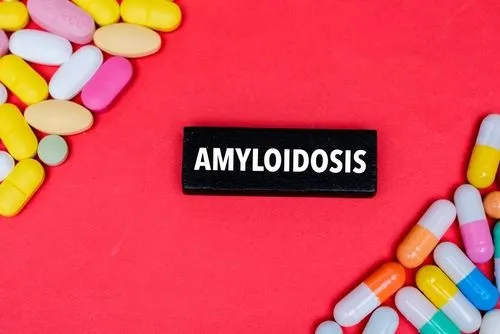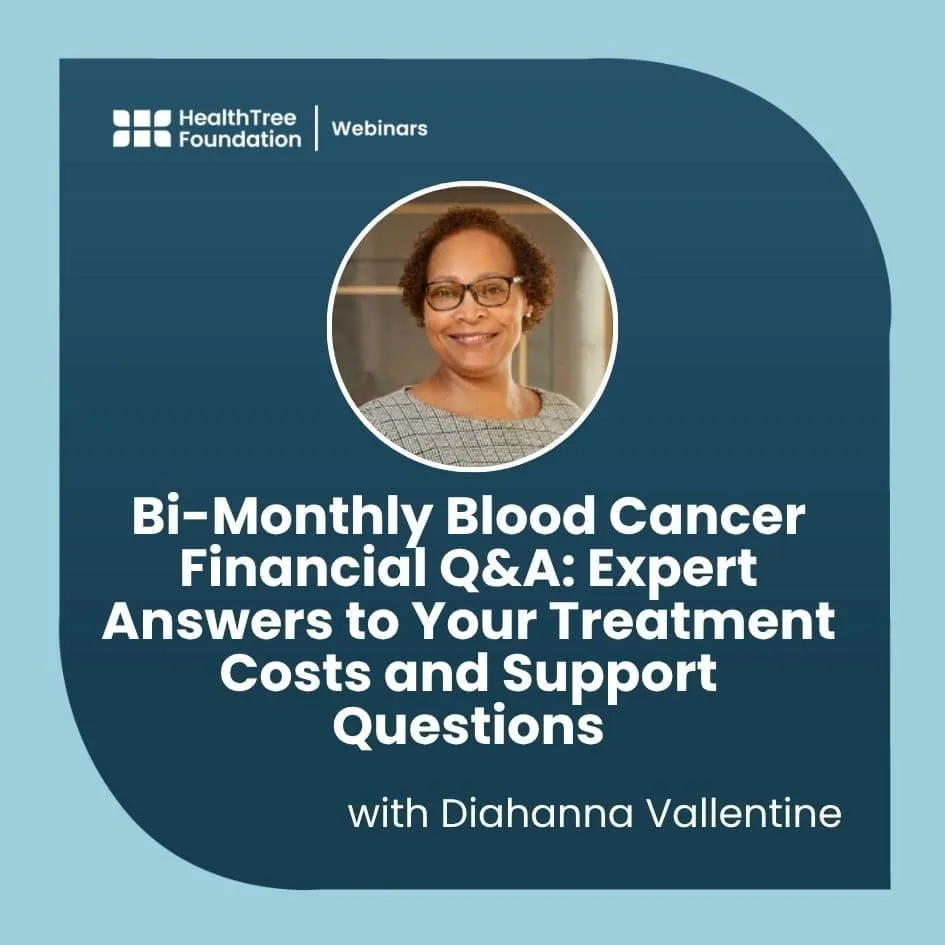A Quick Start Guide for Newly Diagnosed Myeloma Patients

Sometimes I wonder if there should be a quick start multiple myeloma handbook. No one really gives you a guide as to how to tackle this monumental task that has just turned your life upside down. First off you go to a doctor for a broken bone, bone pain, constant and reoccurring illness, anemia, or the many other symptoms that are an offshoot of your myleoma. This doctor will find you have high calcium in your blood, kidney dysfunction, bone lesions, high blood protein levels or some other marker that will result in having you see an oncologist. The oncologist does a bone marrow biopsy and maybe a light chain test and confirms multiple myeloma. This is where many people make their first mistake and leave their treatment in the hands of the oncologist who identified their disease. They may recommend a treatment plan, but this is where a myeloma patient needs to follow the five important steps to improved myeloma survival. 1) Become your own best advocate and educate yourself about this disease. Given that there isn’t a consensus about how to treat this disease, patients must unfortunately educate themselves about their treatment options. For a summary of how to do this CLICK HERE! 2) Choose a MULTIPLE MYELOMA SPECIALIST to lead your treatment plan. This is a MUST HAVE. Myeloma specialists show a survival rate 2 to 4 times greater than the national average. There is a continuum of treatment philosophies to choose, and they go from “Less is Best” to “More is Cure”. A list of multiple myeloma specialists can be found 3) Find out if you have high risk or low risk disease. This is done by either a FISH test or a 70 gene array. Low risk patients (85% of patients) have a disease that is easier to treat, and high risk (15% of patients) has half the life expectancy of the low risk type. It would therefore require a facility well versed in high risk myeloma, and also one that is heavily into clinical trials. Clinical trials often focus on high risk disease, and you will be more likely to get into these trials if the facility you are treated at participates. You can find out more about high risk disease. 4) People with myeloma seldom die from myeloma but rather from complications from myeloma. Pneumonia, infection, anemia, and internal bleeding are just some of these complications. Therefore, a treatment center that has a focus on supportive care is crucial to your survival. 5) Continue your myeloma education by becoming a member of an IMF or LLS Support group. Support group members learn more about this disease, and knowledge is life. Anecdotal evidence suggests a longer life expectancy from active membership in a support group.
Sometimes I wonder if there should be a quick start multiple myeloma handbook. No one really gives you a guide as to how to tackle this monumental task that has just turned your life upside down. First off you go to a doctor for a broken bone, bone pain, constant and reoccurring illness, anemia, or the many other symptoms that are an offshoot of your myleoma. This doctor will find you have high calcium in your blood, kidney dysfunction, bone lesions, high blood protein levels or some other marker that will result in having you see an oncologist. The oncologist does a bone marrow biopsy and maybe a light chain test and confirms multiple myeloma. This is where many people make their first mistake and leave their treatment in the hands of the oncologist who identified their disease. They may recommend a treatment plan, but this is where a myeloma patient needs to follow the five important steps to improved myeloma survival. 1) Become your own best advocate and educate yourself about this disease. Given that there isn’t a consensus about how to treat this disease, patients must unfortunately educate themselves about their treatment options. For a summary of how to do this CLICK HERE! 2) Choose a MULTIPLE MYELOMA SPECIALIST to lead your treatment plan. This is a MUST HAVE. Myeloma specialists show a survival rate 2 to 4 times greater than the national average. There is a continuum of treatment philosophies to choose, and they go from “Less is Best” to “More is Cure”. A list of multiple myeloma specialists can be found 3) Find out if you have high risk or low risk disease. This is done by either a FISH test or a 70 gene array. Low risk patients (85% of patients) have a disease that is easier to treat, and high risk (15% of patients) has half the life expectancy of the low risk type. It would therefore require a facility well versed in high risk myeloma, and also one that is heavily into clinical trials. Clinical trials often focus on high risk disease, and you will be more likely to get into these trials if the facility you are treated at participates. You can find out more about high risk disease. 4) People with myeloma seldom die from myeloma but rather from complications from myeloma. Pneumonia, infection, anemia, and internal bleeding are just some of these complications. Therefore, a treatment center that has a focus on supportive care is crucial to your survival. 5) Continue your myeloma education by becoming a member of an IMF or LLS Support group. Support group members learn more about this disease, and knowledge is life. Anecdotal evidence suggests a longer life expectancy from active membership in a support group.

about the author
Gary Petersen
Gary is a myeloma survivor and patient advocate. His work centers around helping patients live longer by helping them to find facilities who are beating the average survival statistics. You can find Gary's site at www.myelomasurvival.com and follow him on Twitter at @grpetersen1
More on Treatment Advances
Trending Articles




Get the Latest Multiple Myeloma Updates, Delivered to You.
By subscribing to the HealthTree newsletter, you'll receive the latest research, treatment updates, and expert insights to help you navigate your health.












